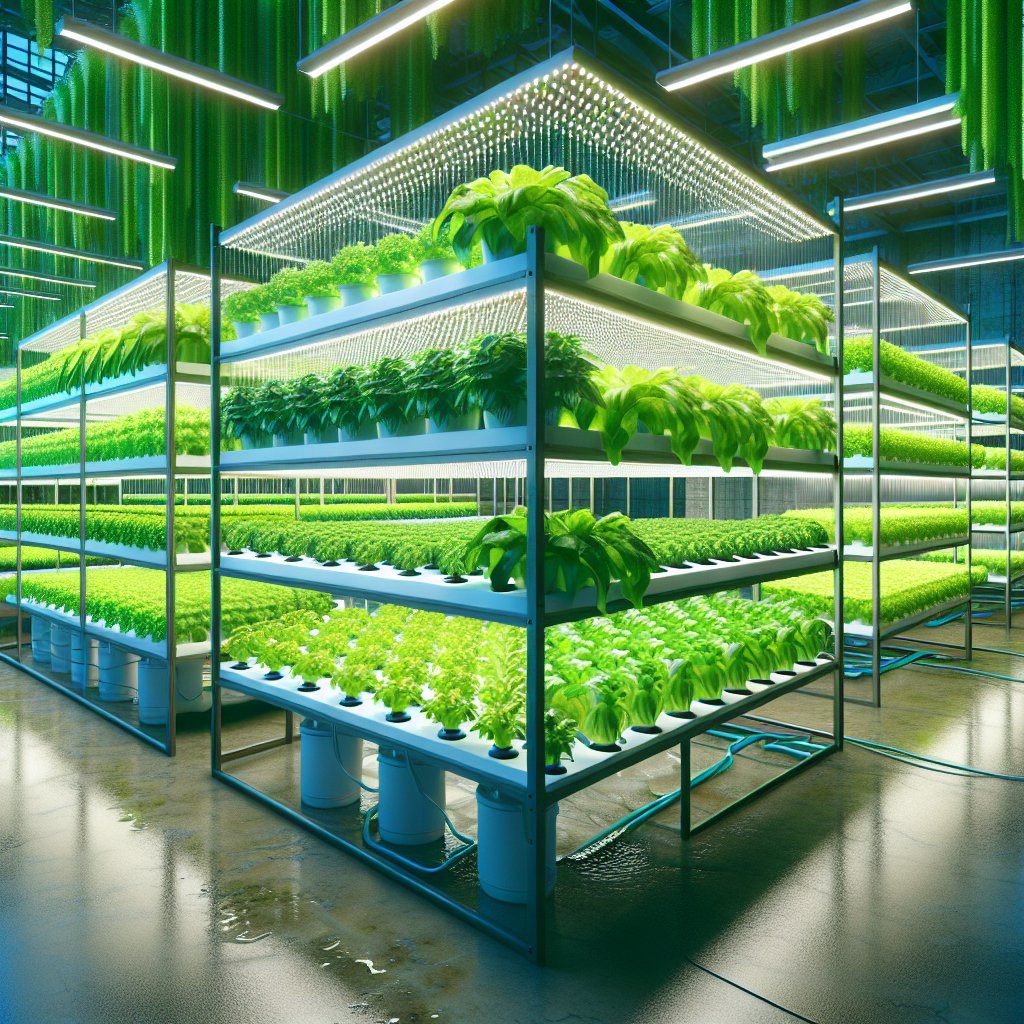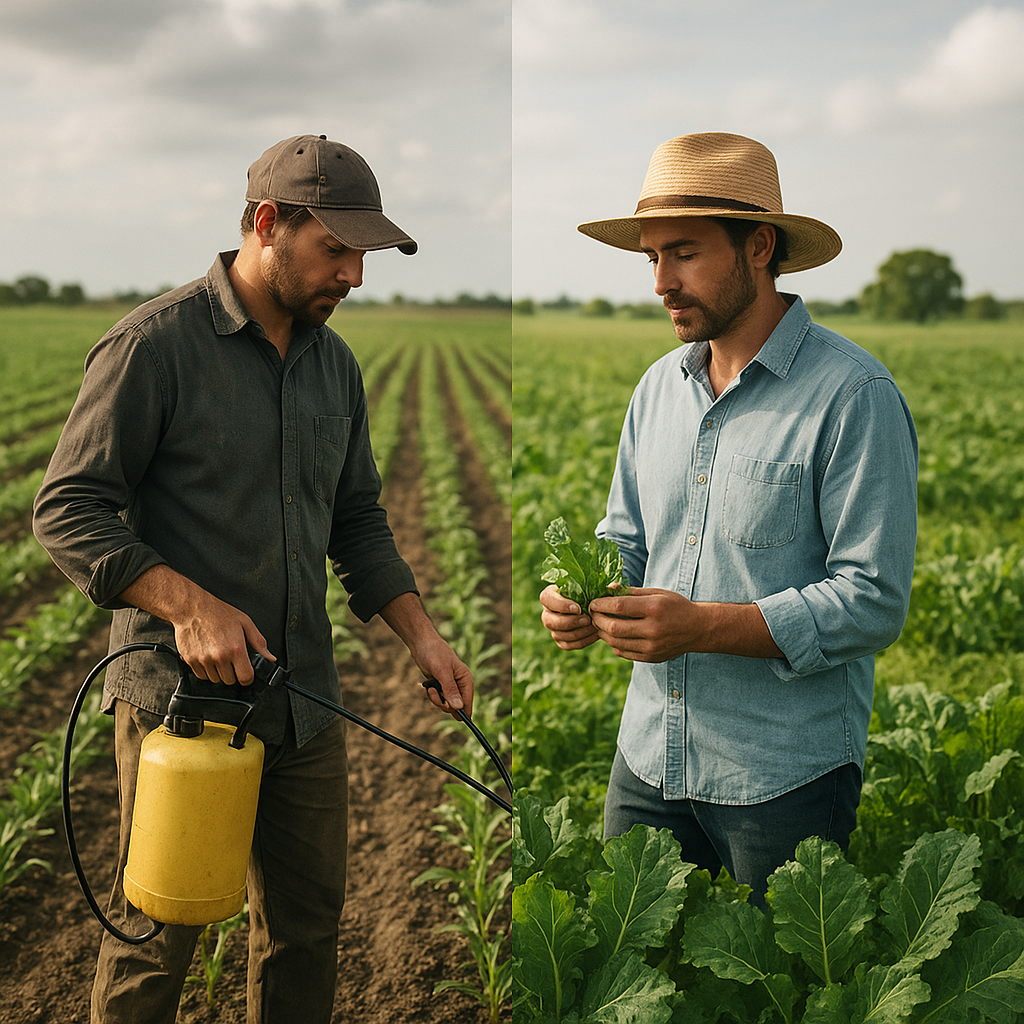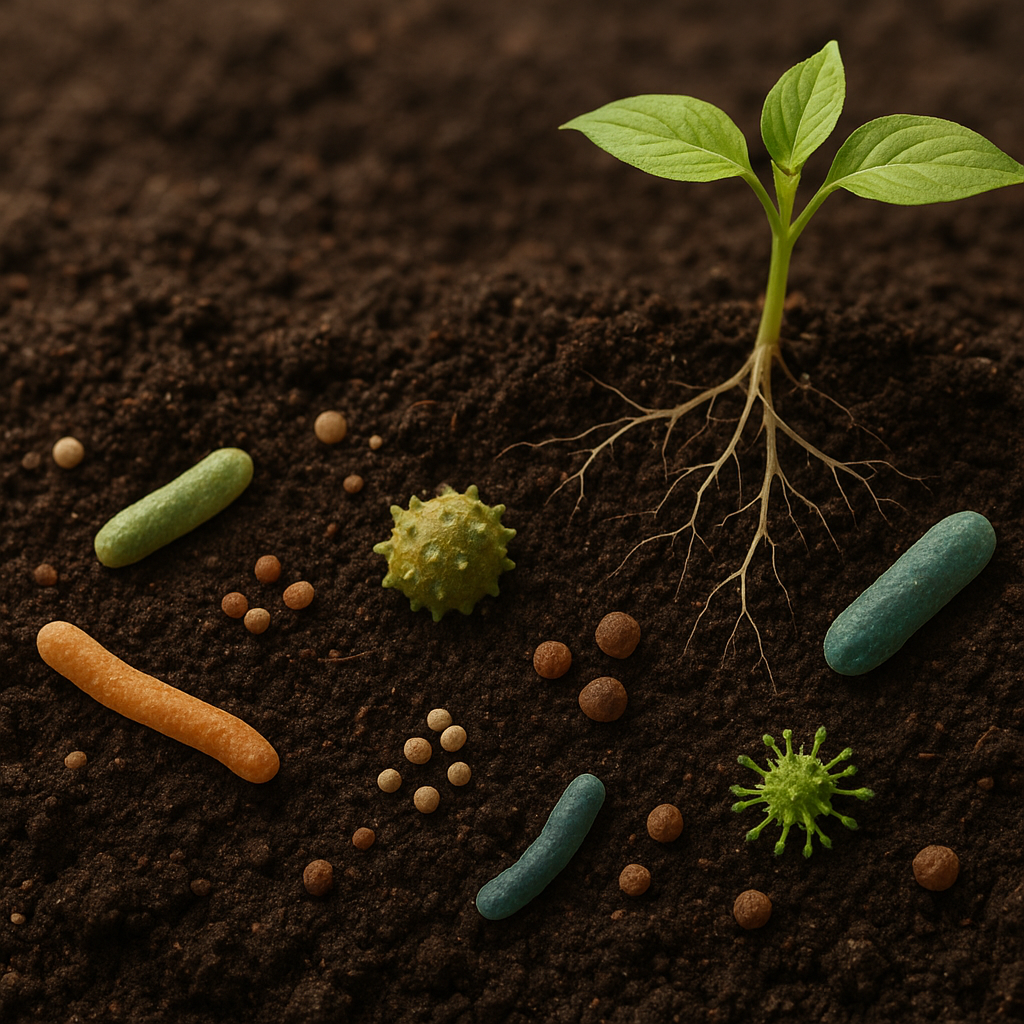The role of hydroponics in water-efficient farming is becoming increasingly significant as the world faces challenges related to water scarcity and food security. Hydroponics, a method of growing plants without soil, utilizes nutrient-rich water solutions to nourish crops. This innovative farming technique not only conserves water but also maximizes space and enhances crop yields. In this article, we will explore the principles of hydroponics, its advantages over traditional farming methods, and its potential to revolutionize agriculture in water-scarce regions.
Understanding Hydroponics
Hydroponics is a method of growing plants in a controlled environment using a nutrient solution instead of soil. This technique allows for precise control over the growing conditions, including nutrient levels, pH, and moisture. There are several systems of hydroponics, each with its unique approach to delivering nutrients and water to plants. Some of the most common systems include:
- Nutrient Film Technique (NFT): In this system, a thin film of nutrient solution flows over the roots of the plants, providing them with the necessary nutrients while allowing excess water to drain away.
- Deep Water Culture (DWC): Plants are suspended in a nutrient-rich solution, with their roots submerged in water. An air pump is used to oxygenate the water, ensuring that the roots receive adequate oxygen.
- Drip System: This method involves delivering nutrient solution directly to the base of each plant through a network of tubes and emitters, allowing for efficient water use and minimizing waste.
- Aeroponics: In aeroponics, plants are suspended in air and misted with a nutrient solution, providing them with the necessary nutrients while maximizing oxygen exposure.
Each of these systems has its advantages and can be tailored to suit different types of crops and growing conditions. The choice of hydroponic system often depends on factors such as available space, budget, and the specific needs of the plants being cultivated.
Advantages of Hydroponics in Water-Efficient Farming
Hydroponics offers numerous advantages over traditional soil-based farming, particularly in terms of water efficiency. Here are some key benefits:
1. Reduced Water Usage
One of the most significant advantages of hydroponics is its ability to use water more efficiently than conventional farming methods. Traditional agriculture often relies on irrigation systems that can waste a substantial amount of water due to evaporation, runoff, and deep percolation. In contrast, hydroponic systems recirculate water, allowing plants to absorb only what they need. Studies have shown that hydroponics can use up to 90% less water than traditional farming, making it an ideal solution for regions facing water scarcity.
2. Increased Crop Yields
Hydroponics can lead to higher crop yields compared to soil-based farming. The controlled environment allows for optimal growing conditions, including precise nutrient delivery, which can result in faster growth rates and larger harvests. Additionally, hydroponic systems can be set up vertically, maximizing space and enabling farmers to grow more crops in a smaller area. This is particularly beneficial in urban settings where land is limited.
3. Reduced Pesticide Use
Hydroponic systems are less prone to pests and diseases compared to traditional farming. The absence of soil reduces the risk of soil-borne pathogens, and the controlled environment allows for better management of pests. As a result, hydroponic farmers often rely less on chemical pesticides, leading to healthier crops and a reduced environmental impact.
4. Year-Round Production
Hydroponics enables year-round crop production, regardless of external weather conditions. By controlling factors such as temperature, humidity, and light, farmers can grow crops continuously throughout the year. This is particularly advantageous in regions with harsh climates or limited growing seasons, as it allows for a consistent supply of fresh produce.
5. Nutrient Control
In hydroponics, farmers have complete control over the nutrient composition of the water solution. This allows for the precise tailoring of nutrient levels to meet the specific needs of different crops. As a result, plants can achieve optimal growth and development, leading to improved quality and taste of the produce.
Challenges and Considerations
While hydroponics offers numerous benefits, it is not without its challenges. Here are some considerations for those looking to adopt hydroponic farming:
1. Initial Investment
Setting up a hydroponic system can require a significant initial investment. The cost of equipment, such as pumps, grow lights, and nutrient solutions, can be high. However, many farmers find that the long-term savings in water and increased crop yields can offset these initial costs over time.
2. Technical Knowledge
Successful hydroponic farming requires a certain level of technical knowledge and expertise. Farmers must understand the principles of plant nutrition, system maintenance, and environmental control. This may necessitate additional training or education for those new to the field.
3. Dependence on Technology
Hydroponic systems often rely on technology for monitoring and maintaining optimal growing conditions. This dependence on technology can pose risks, such as system failures or power outages, which can jeopardize crop health. Farmers must have contingency plans in place to address these potential issues.
4. Limited Crop Variety
While many crops can be successfully grown hydroponically, not all plants thrive in these systems. Leafy greens, herbs, and certain fruits tend to perform well, while root vegetables and some larger crops may be more challenging to cultivate. Farmers should carefully consider which crops are best suited for hydroponic production.
The Future of Hydroponics in Agriculture
As the global population continues to grow and water resources become increasingly scarce, hydroponics presents a promising solution for sustainable agriculture. The ability to produce food efficiently and sustainably in urban environments can help address food security challenges while minimizing environmental impact.
Innovations in hydroponic technology, such as automated systems and advanced monitoring tools, are making it easier for farmers to manage their crops and optimize production. Additionally, as consumer demand for locally grown, fresh produce increases, hydroponics can play a vital role in meeting this demand.
Furthermore, research and development in hydroponic techniques are ongoing, with scientists exploring new methods to enhance nutrient delivery, improve crop resilience, and expand the range of crops that can be grown hydroponically. As these advancements continue, hydroponics is likely to become an even more integral part of modern agriculture.
Conclusion
The role of hydroponics in water-efficient farming is crucial in addressing the challenges of water scarcity and food security. By utilizing innovative growing techniques, hydroponics conserves water, increases crop yields, and reduces the need for pesticides. While there are challenges to consider, the potential benefits of hydroponics make it a promising solution for sustainable agriculture in the future. As technology continues to advance and more farmers adopt hydroponic systems, we can expect to see a significant transformation in the way we produce food, ultimately leading to a more sustainable and resilient agricultural landscape.




